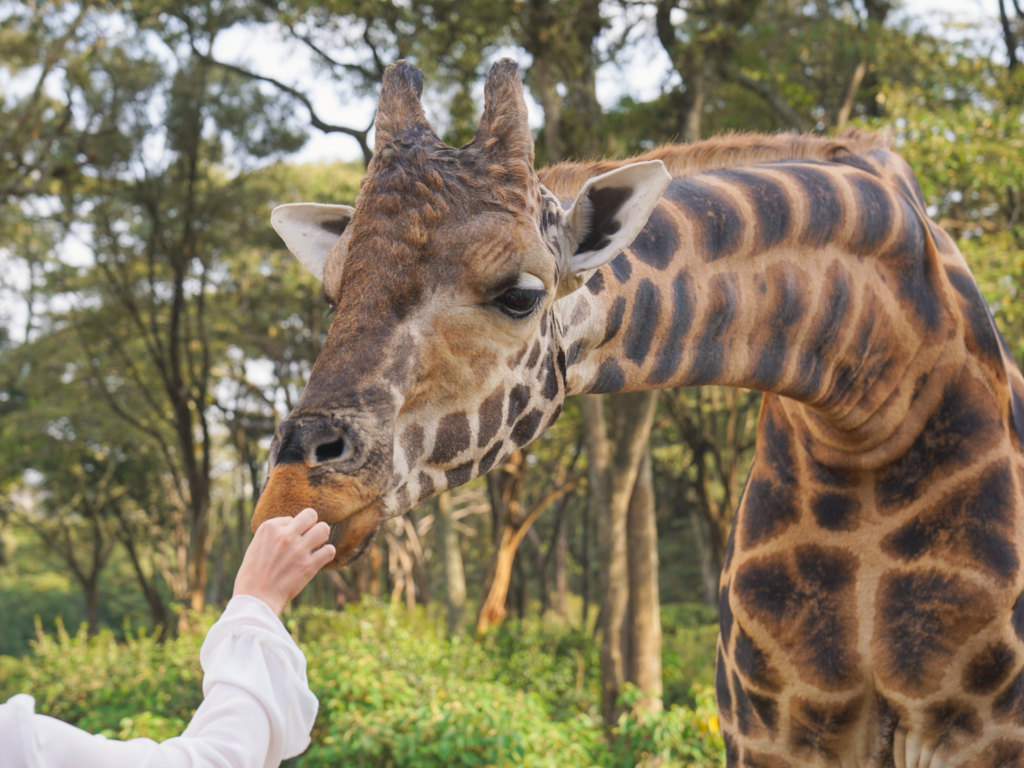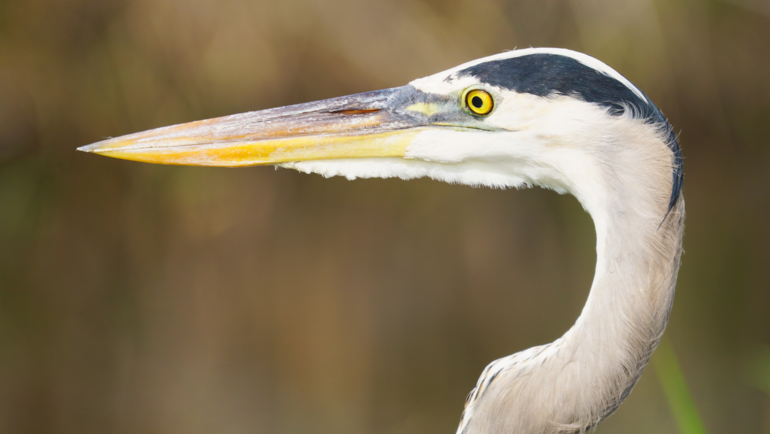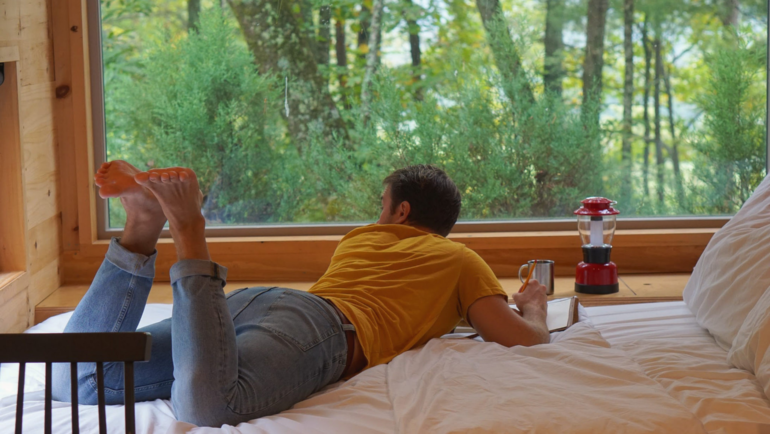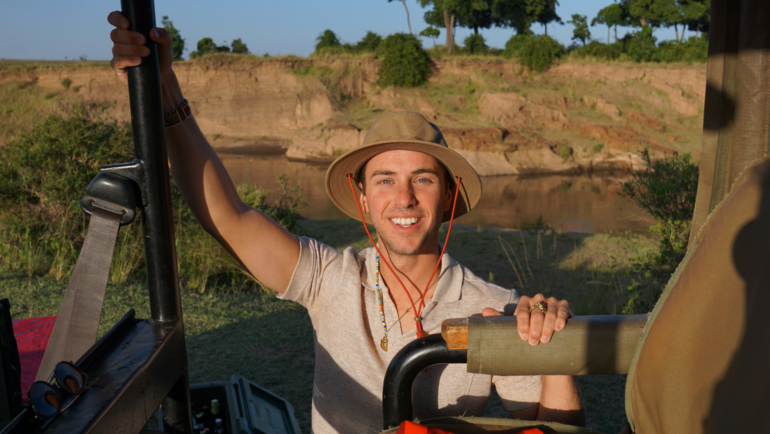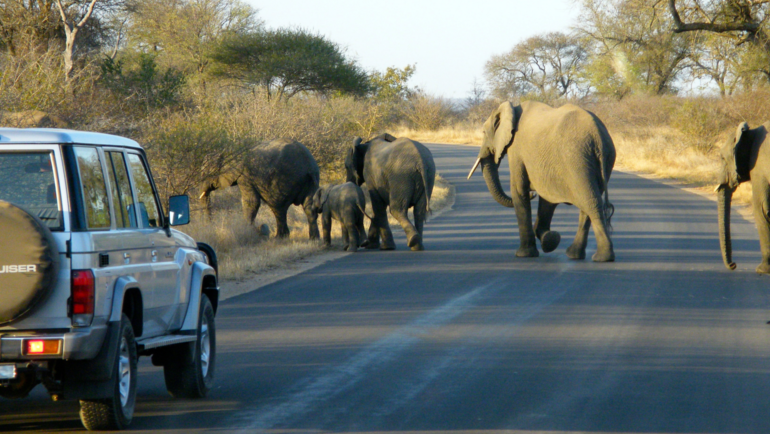I vividly remember reading the children’s book “Daisy Rothschild: The giraffe that lives with me” by Betty Leslie-Melville back in elementary school. It was a book I continuously checked out, just to look at the imaginative photos of someone having a giraffe in their backyard. Those images never left me, even as I learned about the story behind Daisy the giraffe and one couple’s efforts to preserve the rare giraffes.
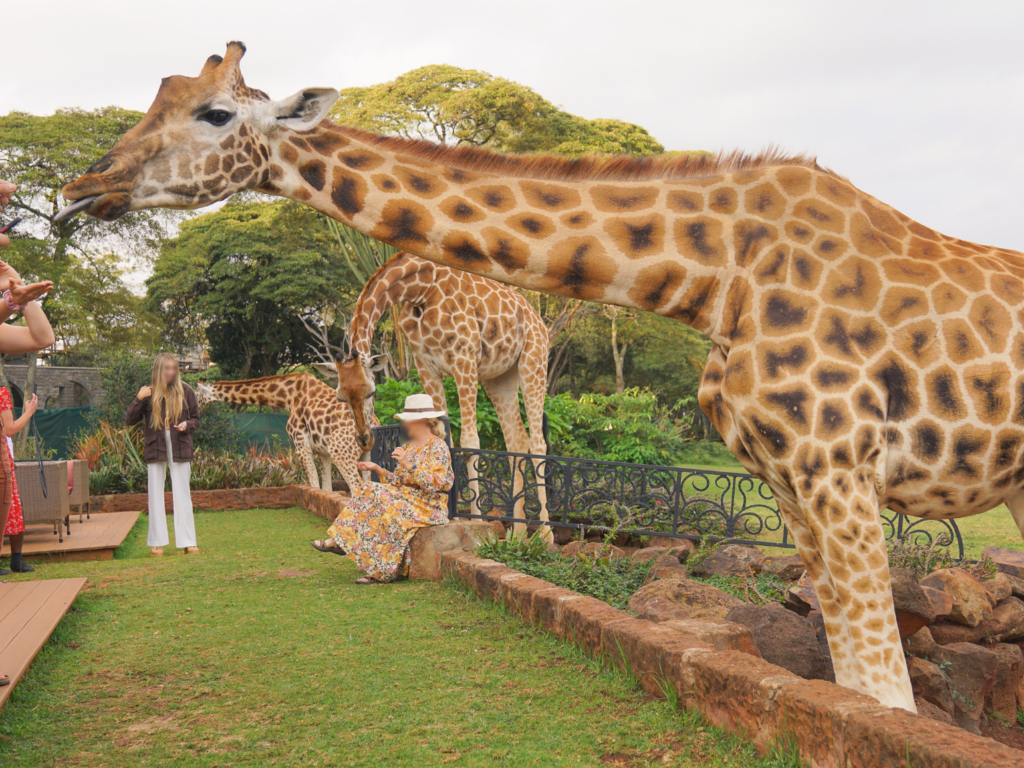
Seeing Giraffe Manor for myself was top on my bucket list, considering their home outside of Nairobi, Kenya was transformed into a boutique hotel. With just twelve rooms, a stay in these iconic ivy-covered mansions is coveted among the travel community. But as Giraffe Manor’s online fame reached new heights, I couldn’t help but worry the original story had become lost within the hashtags. Typically, any mix of selfie-hungry tourists and wild animals is a remedy for exploitation! Giraffes sticking their necks through antique mansion windows makes for undeniably photogenic moments, but does raise an ethical concern for the giraffes’ care. For many travelers, there is concern over the ethics of interacting with wild animals. Especially since guests at Giraffe Manor are encouraged to touch and feed the giraffes. All too often, close encounters involve abusive training, restraint, and exploitation. Compared to other wildlife selfies, the posed moments at Giraffe Manor might seem equally unethical. I am not the only one to note this concern. The parent company of the manor, The Safari Collection, even includes a statement on animal welfare and ethics of feeding the giraffes within their frequently asked questions page. Beyond their expected PR response, I wanted to decide if snapping photos of feeding and touching giraffes was an ethical practice?
Even as my husband and I planned our honeymoon, I kept a critical eye on the manor’s activities. It wasn’t until I experienced this surreal property firsthand that I was able to build my own opinion of whether or not Giraffe Manor is an ethical wildlife encounter.
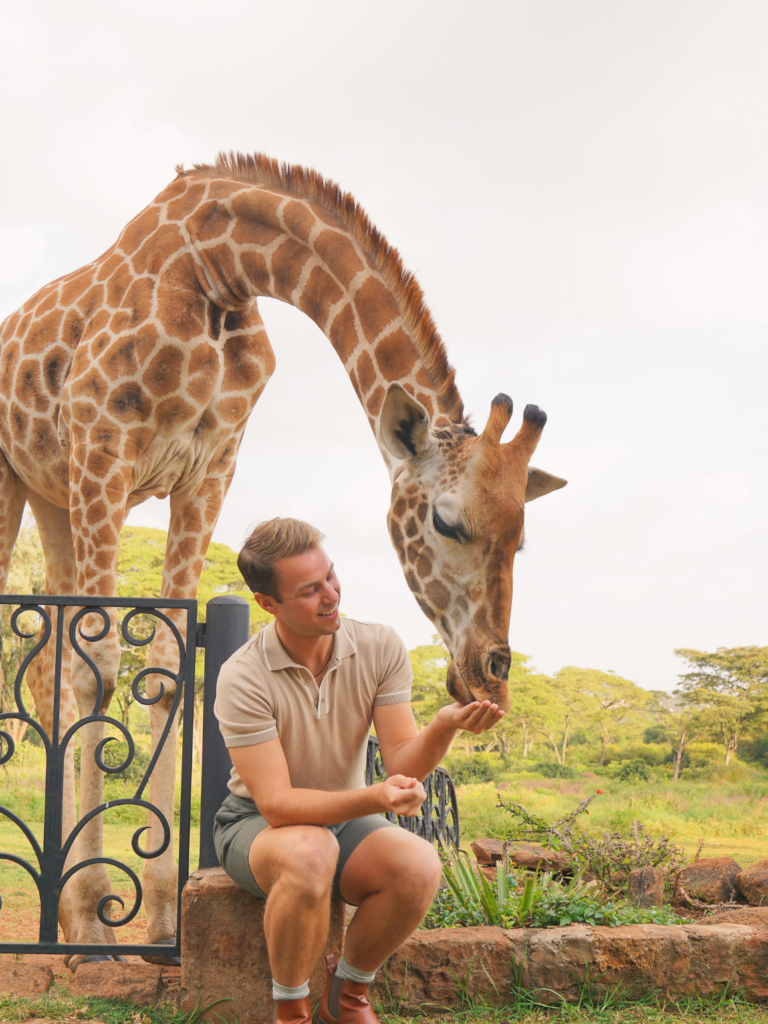

The Giraffe Manor ‘Selfie Machine’
The Giraffe Manor staff have obviously taken note of the phenomenal photos being shared on social media. This viral motivation has clearly driven the focus and priority of the guest experience at the manor. Considering a majority of their bookings are just for one night, the staff act as a highly effective team at welcoming and turning around a constant flow of tourists. This controlled chaos along with the desire to snap the perfect breakfast shot has created a ‘selfie machine’ for pumping out these post-worthy moments. Between afternoon tea, which runs from 5:00-6:00 pm each evening, and of course, breakfast from 6:00-9:00 am, guests are honed in on capturing that dreamy shot! Not surprisingly, the herd of Rothschild’s giraffes, with endless practice, seem to have nailed the selfie.
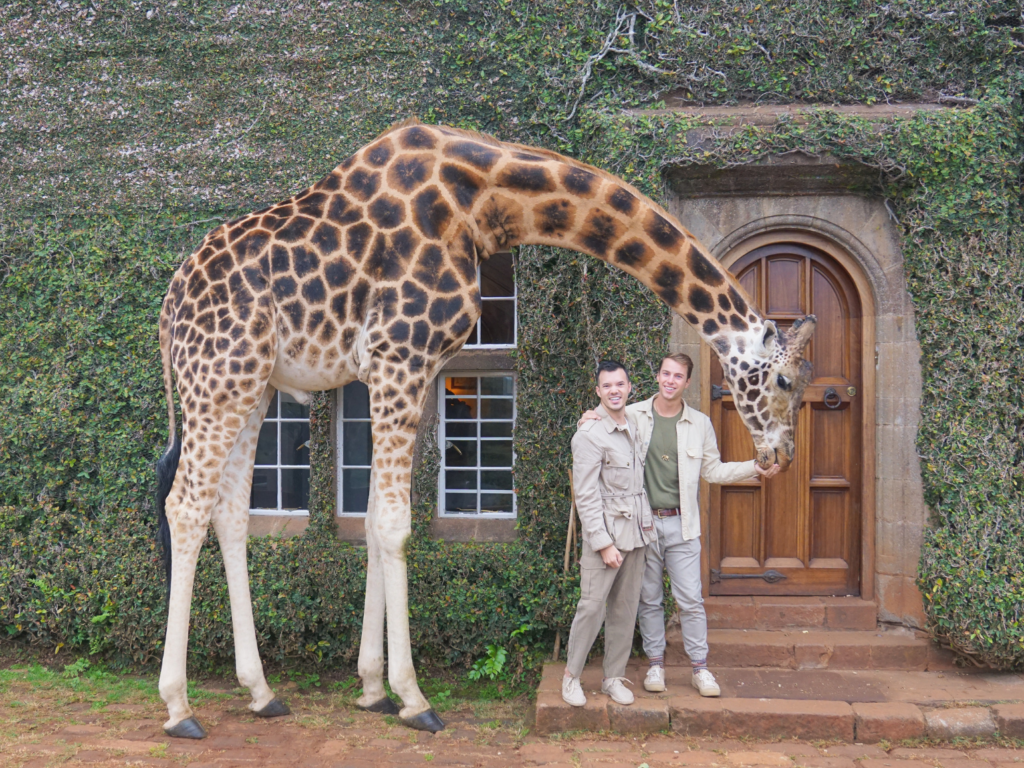
Imagine twenty-odd people hastily moving between giraffes all while trying to smile and pose and not get in each other’s photos. Both encounters felt a bit chaotic, but breakfast certainly was more challenging as the giraffes could freely move about right outside the manor. Whereas during afternoon tea where the giraffes remain on their lowered side of the stonewall outlining the manor courtyards. Somehow the staff manages to move guests around each other while the giraffes tower over the entire scene. But during either encounter guest and animal safety was top priority. All the staff was always very aware of the giraffes, ensuring that no one ended up where they shouldn’t have been – i.e. within head bumping range. Just a simple shake of the head and a giraffe can easily knock you to the ground and cause quite the unintentional damage.
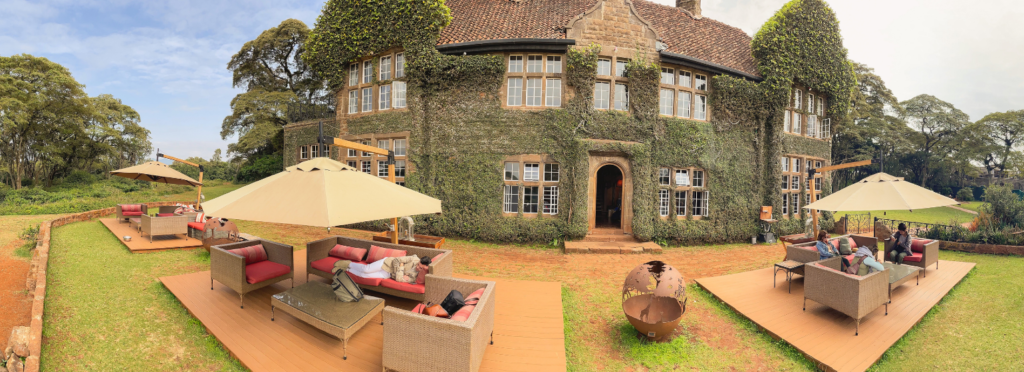
Since the giraffes drive the interactions, the staff are left with their hands full as they coordinate guests, pellets, and of course the giraffes. In simplest terms, guests are hastily escorted by staff through different ‘stations’ where the giraffes are standing. This fast-paced setting is designed to give every guest their perfect shot while ensuring the giraffes don’t grow impatient waiting for pellets. From our perspective, this process felt a bit rushed and extremely staged. On one hand, I understand the importance of tailoring these moments for guests to safely pose with the giraffes. But on the other hand, the towering giraffes felt like meek photo props while everyone rushed about.
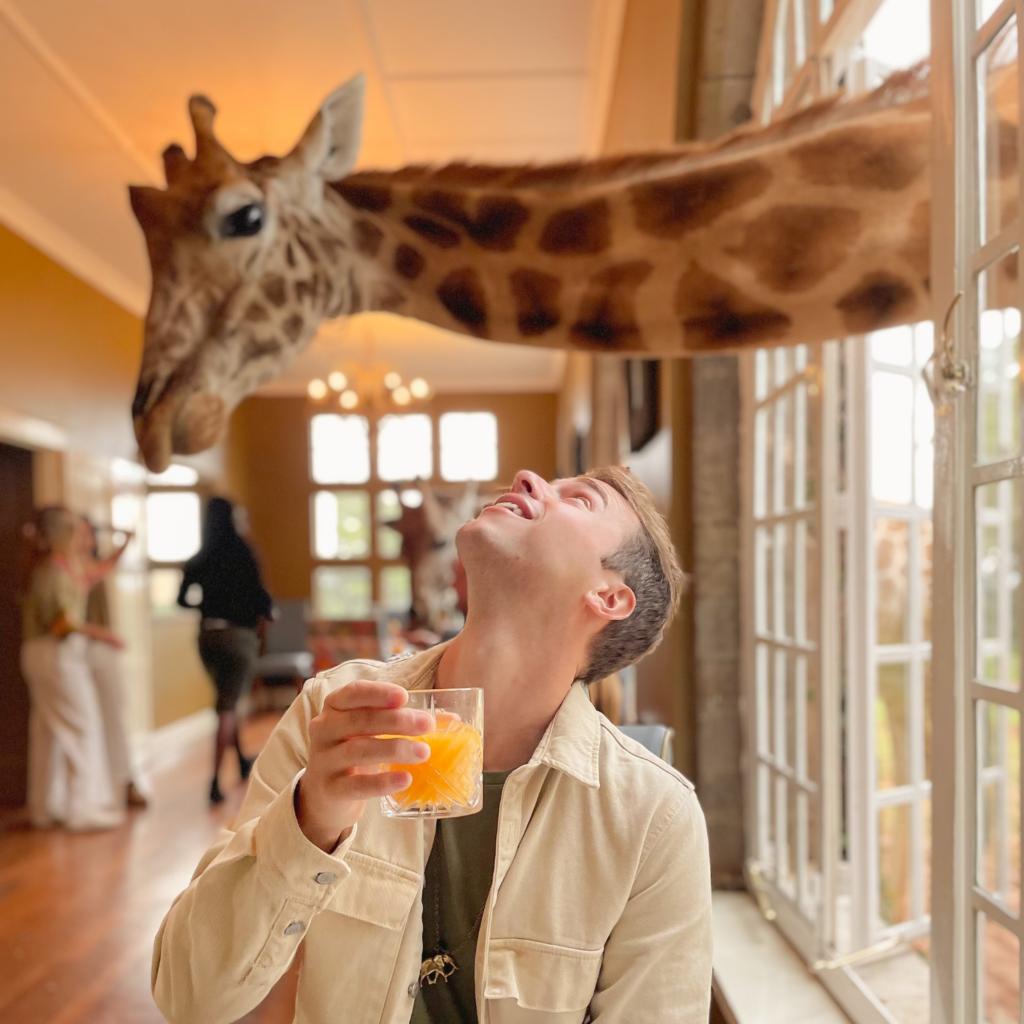
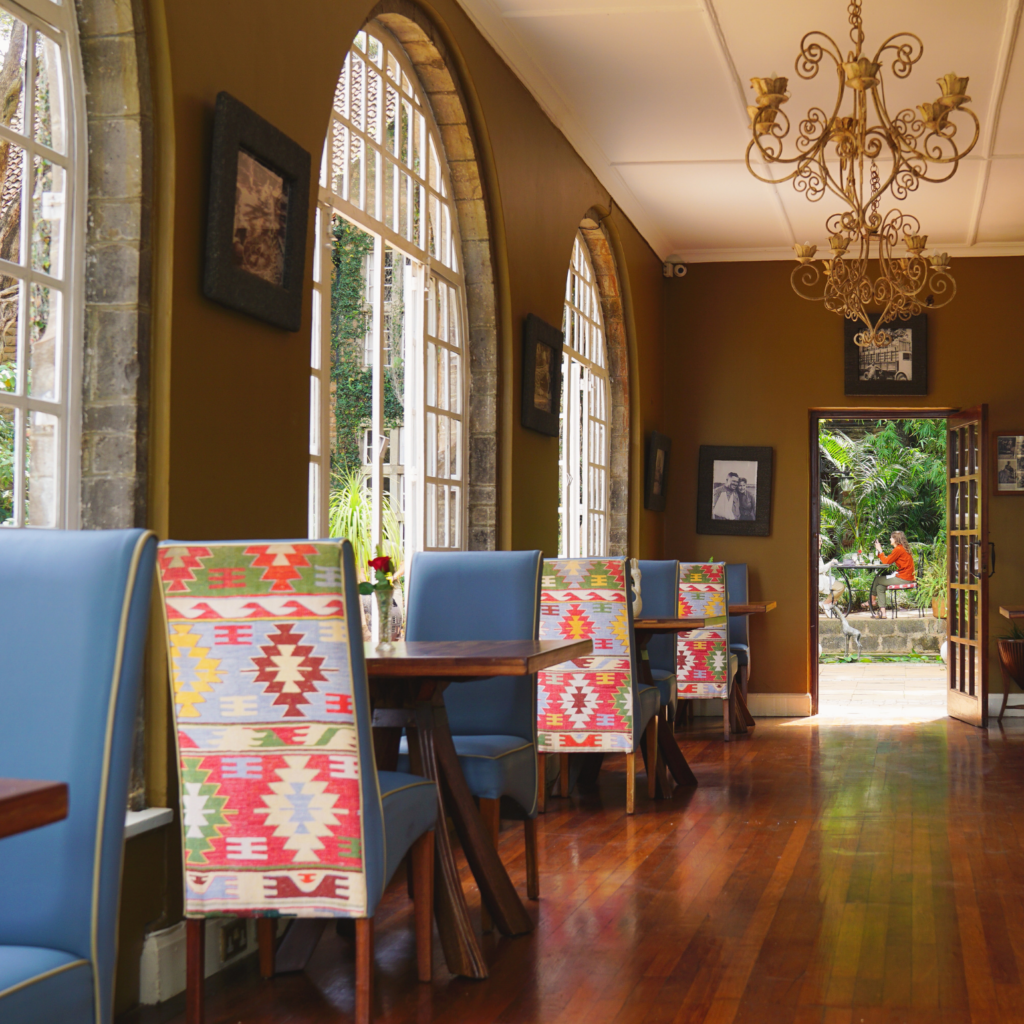
A prime example of this was the sought-after photo spot at the oversized wooden garden swing. Guests were swooning over the idea of gliding and feeding their tall spotted friends from this whimsical imagination. The Safari Collection, on their website, even went as far to say, “it certainly scores highly on Instagram appeal!” I get the trendy allure. In fact, it’s all very reminiscent of Daisy the giraffe, from my beloved children’s book of Giraffe Manor. But as guests rotated to this area, it all felt very performative and staged. Lance and I tried the swing but quickly opted for a more genuine setting with our feet firmly planted on the ground!
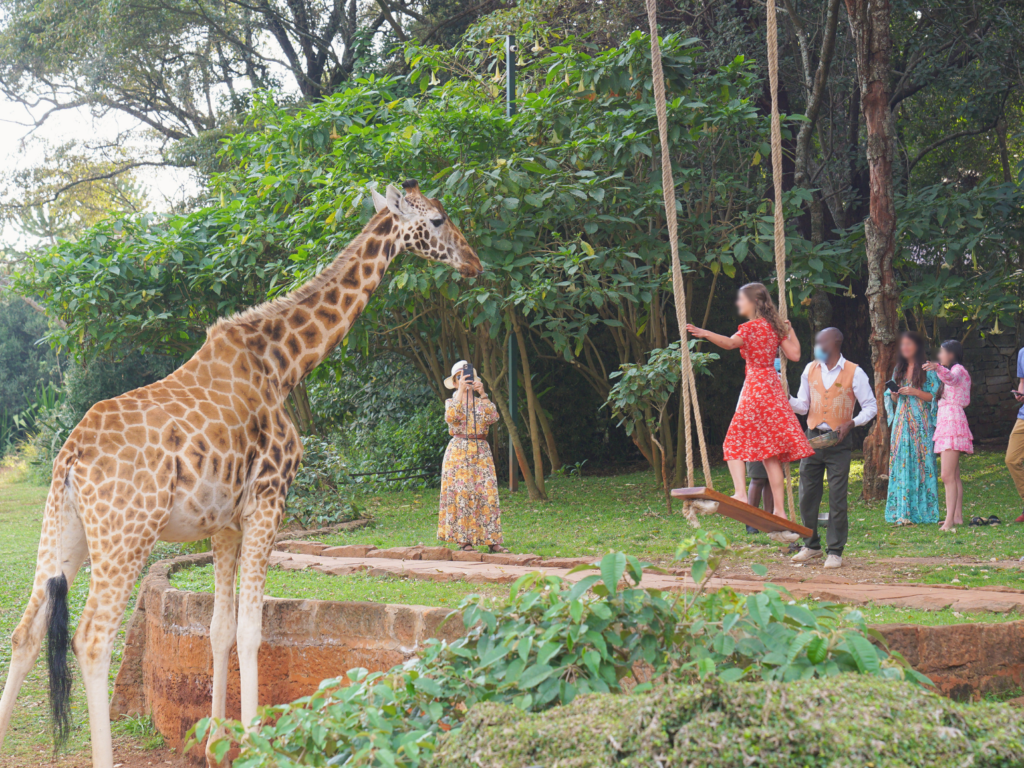
The harsh reality of all these interactions is “no food, no friend!” The staff constantly reminds guests of this, as they chime in with “no food, no friend” during every encounter. Simply, this means the giraffes chose to interact with the guests for food. But that does raise the concern that the giraffes are forced by their appetites to pose for selfies. Thankfully with 150 acres of forested habitat to browse natural foods, the dried pellets from guests are a fraction of what the giraffes will eat each day. For comparison, wild giraffes eat about 75 pounds (34 kg) of twigs, leaves, and bark each day. According to The Safari Collection website, “only a few kilograms of pellets are used to feed the giraffes every day and they choose to visit the manor only when and if they want…and tend to wander off when they have had enough.” Knowing that the giraffes have complete autonomy over all the interactions is the foundation of an ethical wildlife encounter.
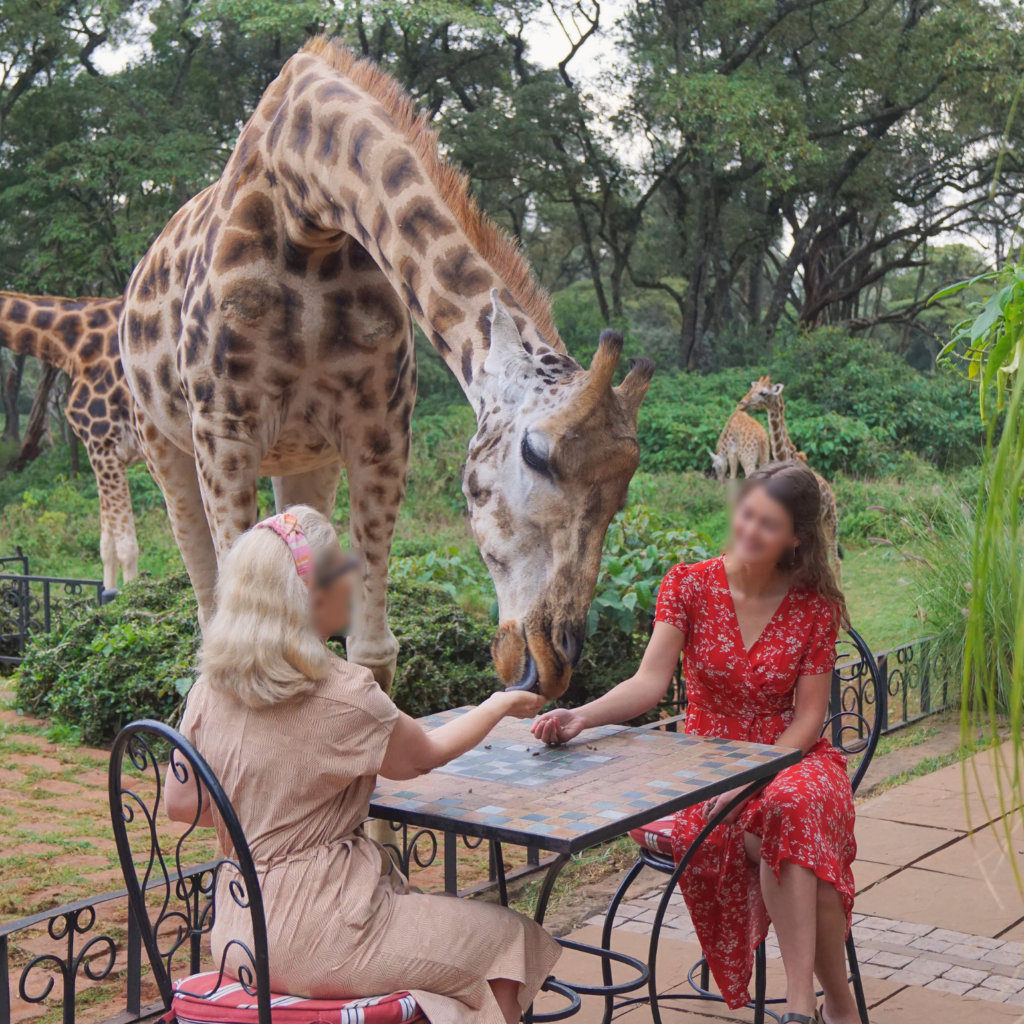
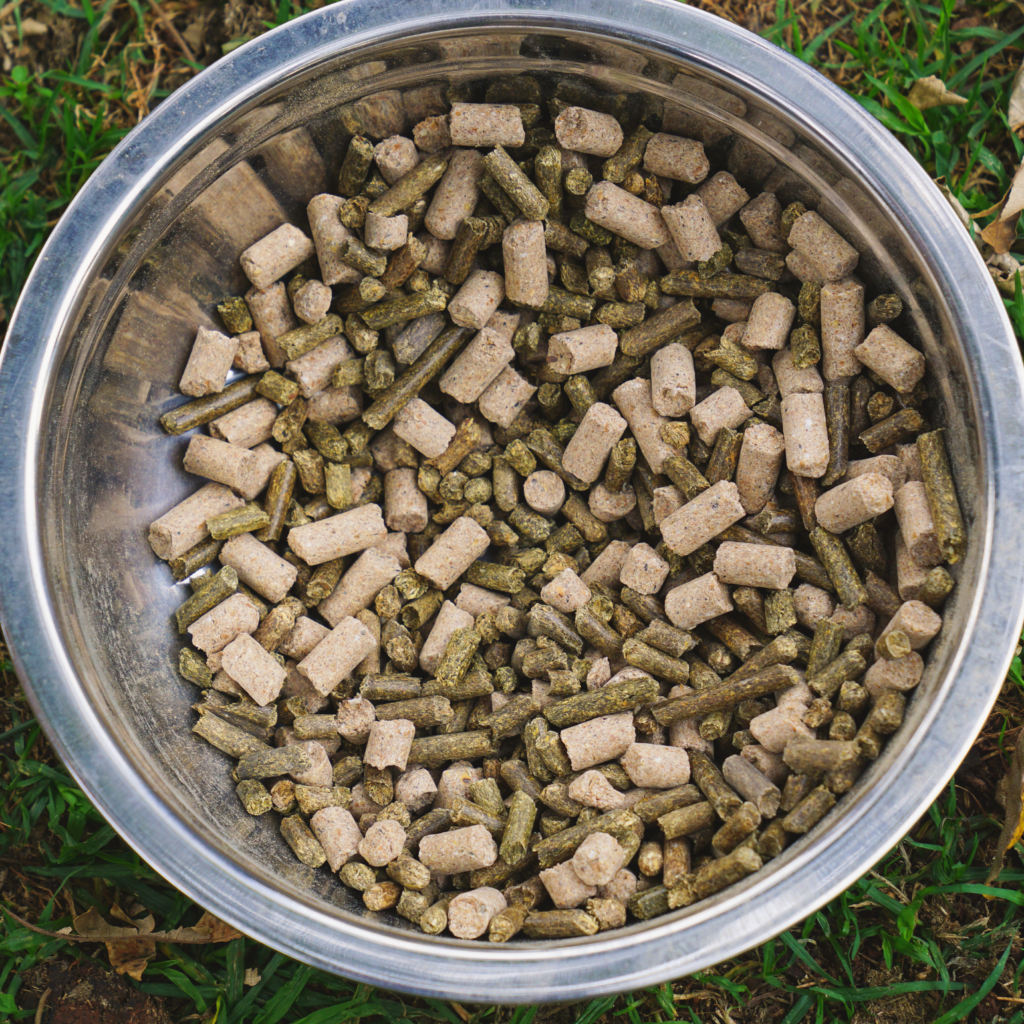
What makes Giraffe Manor an Ethical Wildlife Encounter?
Unlike unethical wildlife encounters, Giraffe Manor utilizes four key practices that ensure their animals are well cared for and provided high-quality welfare!
Free to Move: At no point are the giraffes forced or restrained during guest encounters. The animals have complete autonomy over any of the interactions and can choose to walk off into the forest if they had enough. During our two-night stay, we typically only saw a handful of giraffes near the manor, of the dozen resident giraffes. Some of the herd chose to remain hidden in their forested home, opting out of interacting with guests.
Plenty of Food: At no point was there any competition over limited food. In fact, once the giraffes had finished eating their pellets from breakfast at the manor, they simply walked down to the Giraffe Centre where other visitors eagerly awaited a chance to feed. Regardless, dried pellets from guests only make up a fraction of what the giraffes eat each day. Most of their diet consisted of fresh natural leaves growing within their home.
Natural Habitat: The resident Rothschild’s giraffes and warthogs are contained within an expansive 150-acre habitat. Additionally, the animals are not locked into barns at night and instead can live a very natural lifestyle in the forest as they choose.
Conservation Centered: Giraffe Manor has been a preserve for breeding the Rothschild’s giraffe, even before it became a hotel. In fact, over 50 giraffes have been returned to the wild from Giraffe Manor, to bolster wild populations of this endangered species throughout Kenya.
When researching encounters with wildlife, but sure to avoid anywhere the animals are being held, restrained, or baited for the purpose of being a photo prop. Instead, support encounters like Giraffe Manor, where the wild animals are free to move about in a natural habitat, have plenty of food to eat, and help to conserve animals in the wild!
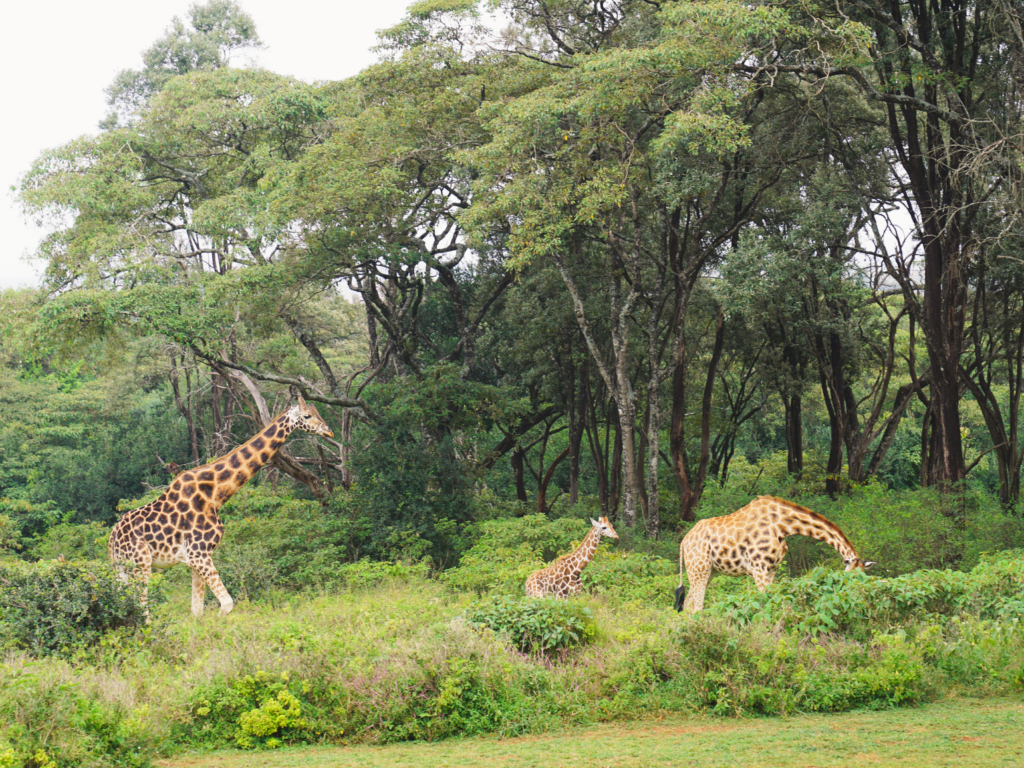
Giraffe Manor’s Wholesome Origins
Long before being transformed into a world-famous hotel, Giraffe Manor’s roots are anchored in wildlife conservation. In the early 1970s, the manor was owned as a private residence by Jock and Betty Leslie-Melville. At the time Rothschild’s giraffes (a subspecies of Northern giraffe, also known as Nubian giraffe) were on the brink of extinction. Less than 100 individuals remained in Kenya. Jock and Betty’s concern for animals led to the creation of the African Fund for Endangered Wildlife (AFEW). This also brought on the decision to transform the manor grounds into a breeding sanctuary for this species in peril. Their efforts proved successful, and to this day Giraffe Manor remains a vital breeding sanctuary, which continues to repopulate Rothschild’s giraffes in the wild. Over the course of 50 years, their admirable work has helped grow the wild population from roughly 80 to 1,800 Rothschild’s giraffes.
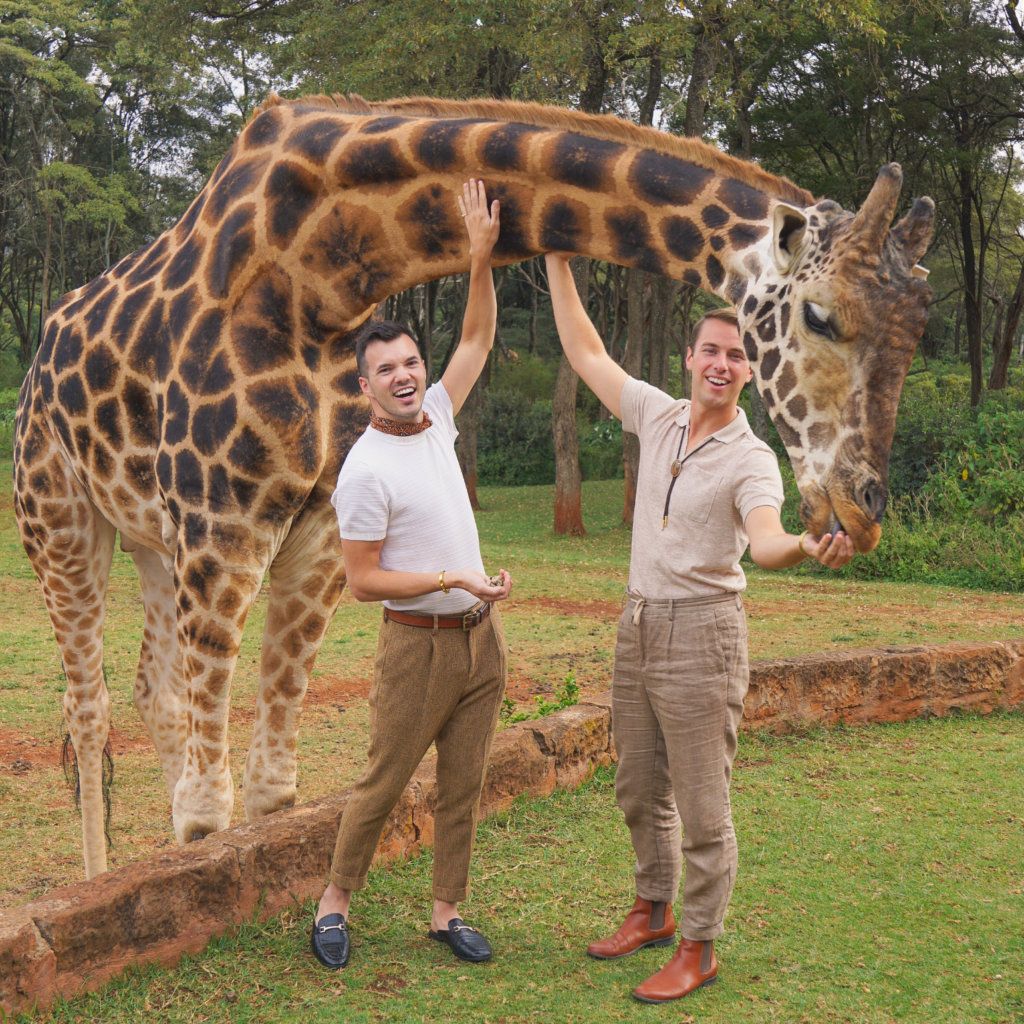
Committment to Giraffe Conservation
In 2020 alone, The Safari Collection donated over $200,000 to wildlife conservation efforts in East Africa – $45,000 of which was specifically designated for the Giraffe Conservation Foundation.
Also, a portion of every guest’s stay is donated directly to the African Fund for Endangered Wildlife (AFEW), supporting the historic work that Jock and Betty began long before Giraffe Manor became world-famous. To this day the AFEW continues to manage the neighboring Giraffe Centre. The main mission of this body is to educate school-aged children in Kenya. Approximately 50,000 of which attend environmental education programs each year. At the Giraffe Centre visitors are able to feed the resident giraffes, learn about giraffe conservation in Kenya, and visit the souvenir shop where all the proceeds go towards conservation efforts. In 2021, the Giraffe Centre is receiving some much-needed improvements, and will soon be even more inclusive with the addition of an accessible ramp from which visitors can feed the giraffes.
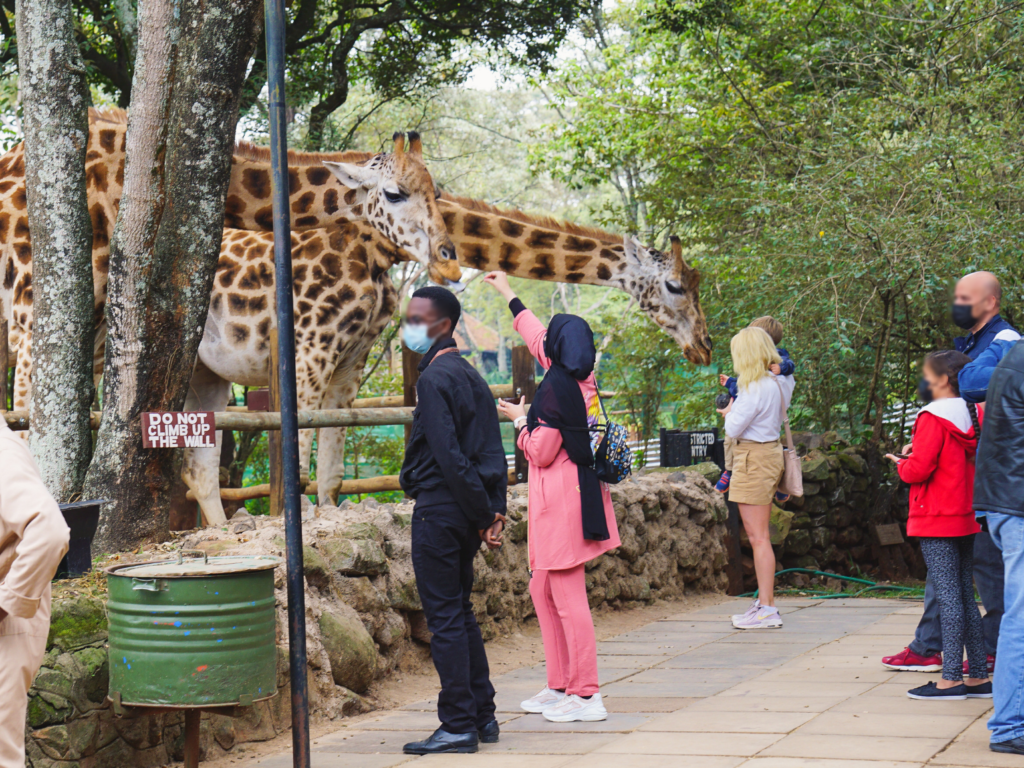
Can Giraffe Manor Reach Beyond the Selfie?
During our stay, I couldn’t help but wonder how much do guests really know about the long-lashed beauties sharing their selfies? Do they have a clue that wild giraffes are in peril? Over the past 30 years alone, giraffe populations have declined by 30 percent. To help combat this decline, I encourage Giraffe Manor to take an active role in inspiring their guests to make a difference. Go beyond the selfies! Engaging the thousands of guests that rotate through the property each year is a simple step in helping protect giraffes. What a missed opportunity that Giraffe Manor doesn’t capitalize on their unforgettable setting to encourage change. Intentionally sharing the history of the property and their role in supporting species in need can be a step towards making a more lasting impact. I encourage The Safari Collection to reach further than the selfie and create experiences that resonate with intention.
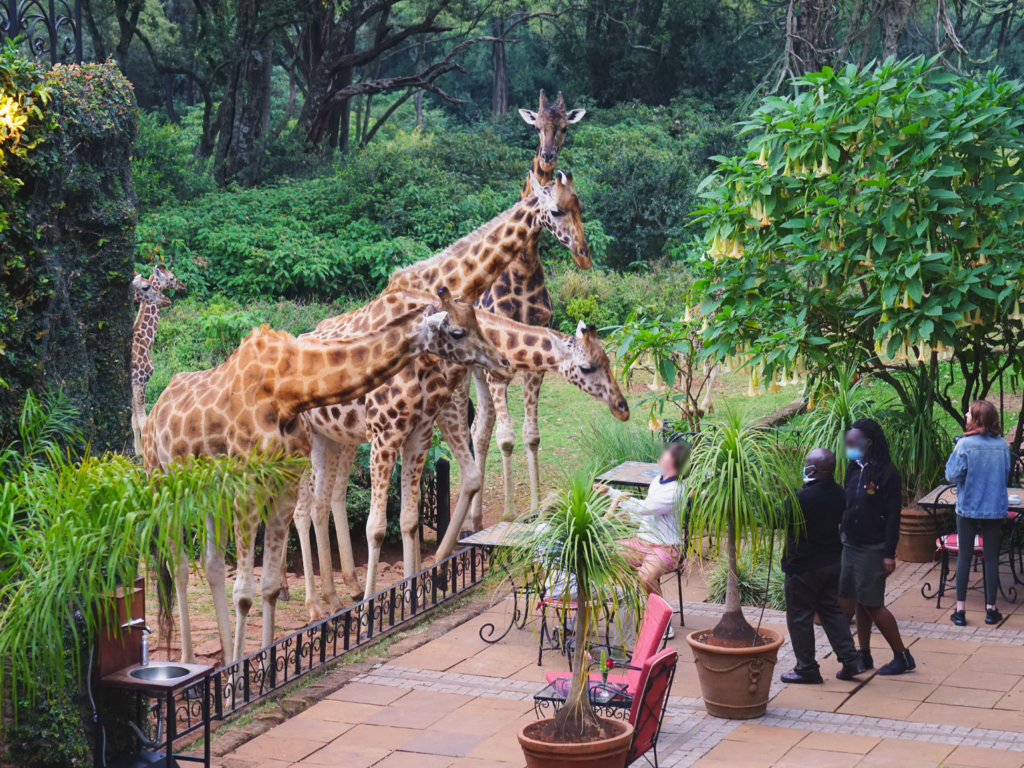
Giraffe Manor’s Cost and Exclusivity
In addition to being one of the most photographed safari destinations, Giraffe Manor has also become prohibitively exclusive. Each year reservations become even more difficult to secure, causing rates to continue to climb. Most reservations are required at least 1-2 years in advance. Our two nights at the manor were booked 18 months in advance, and even then, we had to be flexible as the calendar was already filling up. We stayed in Edd’s room, a superior room, and paid $875 per person, per night in June 2021. Our total came to $3,500 for our two-night stay at Giraffe Manor – easily the most expensive accommodation we have ever stayed at. I know, I know, our jaws hit the floor too! But when we began planning our honeymoon in early 2019, we made the decision to splurge and stay not one night but two nights at the manor. Looking back, we are beyond pleased with our choice. As a top bucket list destination, we are thrilled to have been able to enjoy it together on our honeymoon.
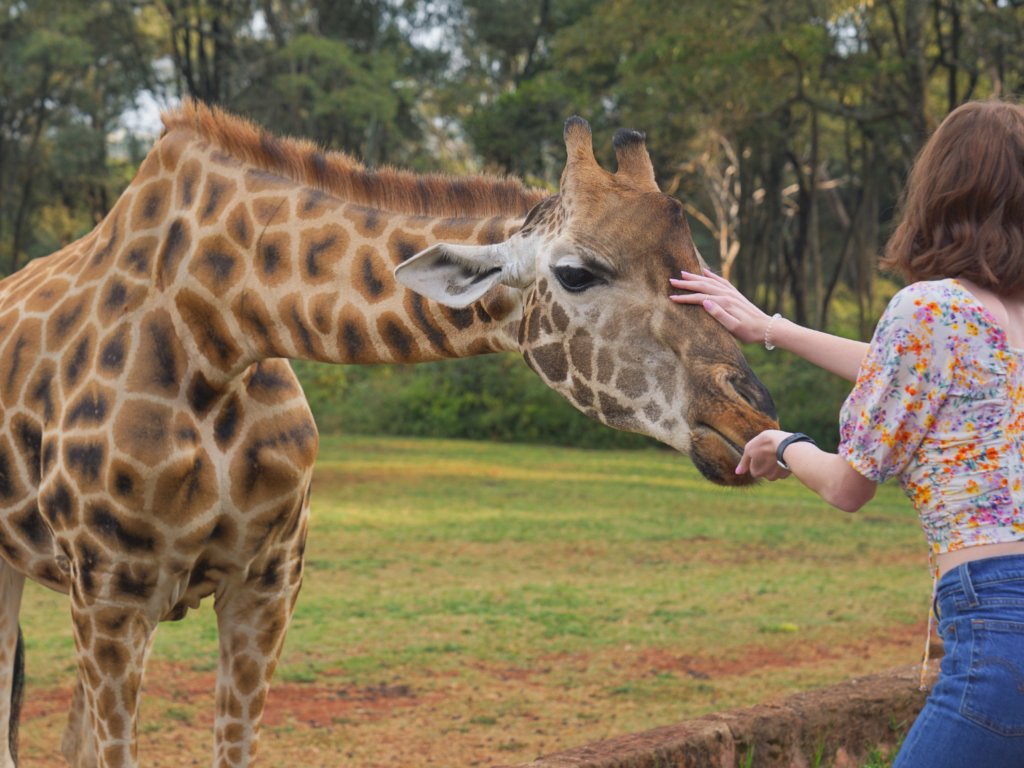
Also, to note, Giraffe Manor is undergoing a substantial addition in the form of a new building between the Main Manor and the Giraffe Centre. During our stay, the structure was well underway, but still quite far from completion. According to The Safari Collection’s website this addition might include, “a heated swimming pool, spa, gym, and space to unwind before guests move on to their next destination.” The staff members we spoke with confirmed these plans and even mentioned a restaurant that would be open to the public to dine at. While this addition will certainly make Giraffe Manor a much more accessible destination in Nairobi, as they increase capacity for more visitors during the day. I worry that this new development will weaken the rich origins of the manor. As steady growth continues to increase traffic on the property my hope is that Giraffe Manor can preserve their foundations and continue to provide quality care to all its long-necked residents!
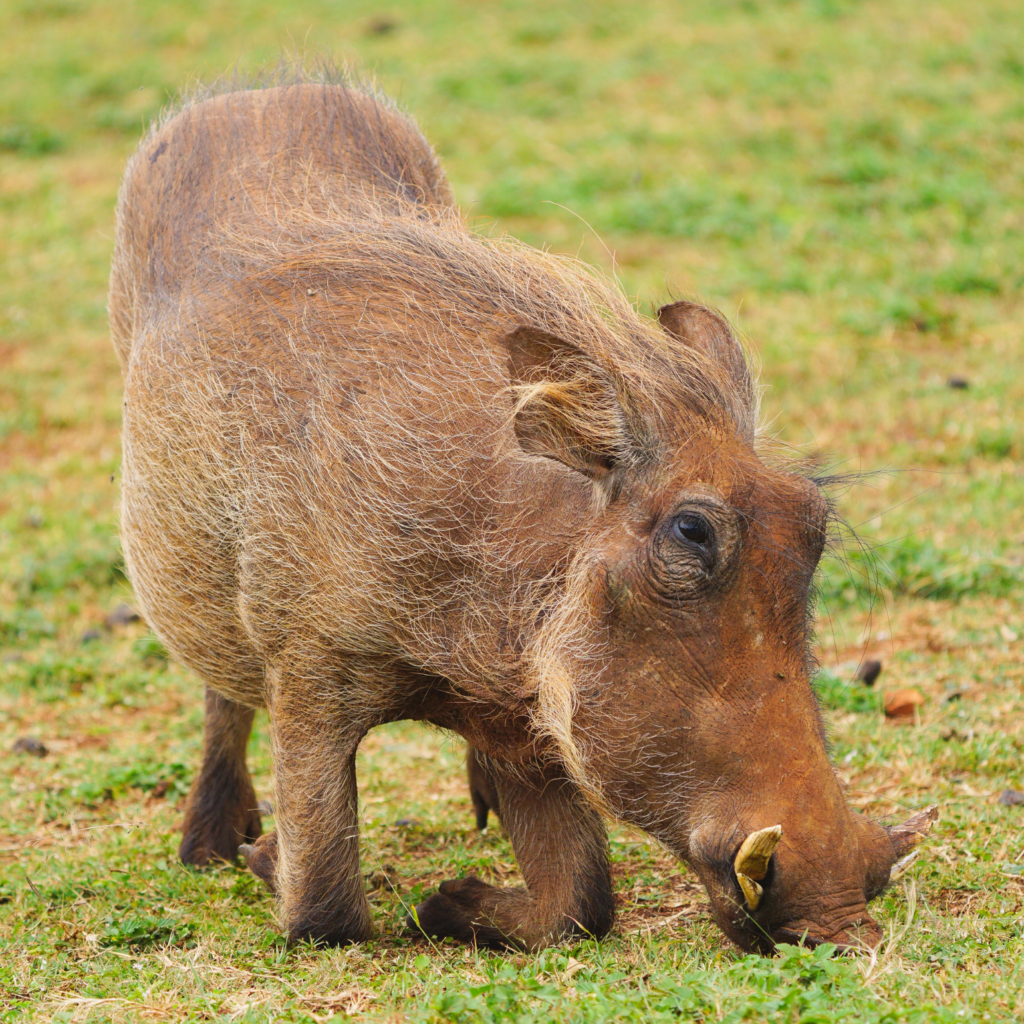
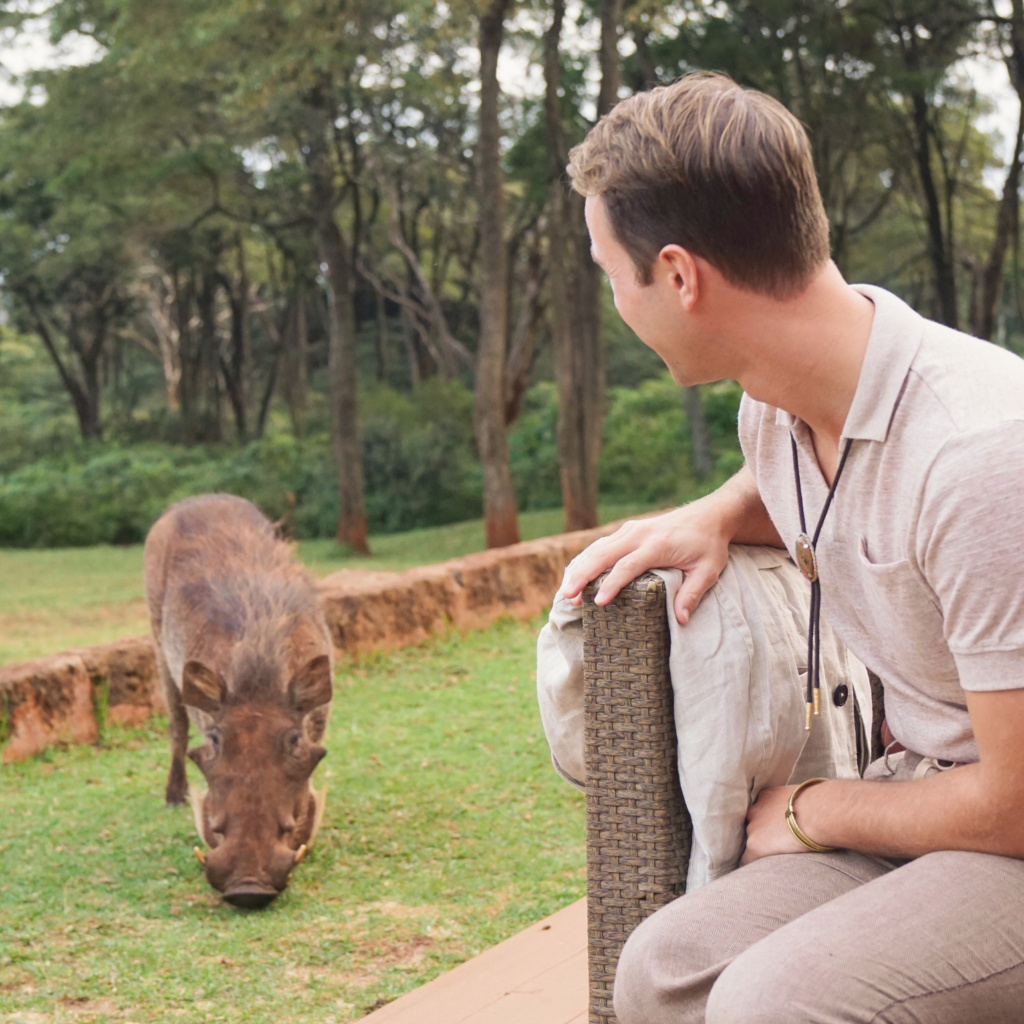
Concerning Giraffe Manor Copycats
The undeniable success of Giraffe Manor has been noticed around the globe as travelers continue to post and share moments from their stays. The boutique experience the manor provides has created a ripple effect within the tourism industry. At least two different Giraffe Manor ‘copy-cat’ properties are nearing completion in 2021/2022. Of course, neither has fully copied the iconic Giraffe Manor name, instead, they are branded with replacement synonyms like ‘longneck’ or ‘hall.’ Their inspiration is undeniable, but reaching the iconic height of the original Giraffe Manor seems impossible. I worry the enticing financial success of Giraffe Manor might have inadvertently created a model for new, far less wholesome ventures. As these attempts to mirror Giraffe Manor’s immersive experience prepare to open in both the United States and the United Kingdom, I sincerely hope they mimic the impact the original Giraffe Manor has made for wildlife conservation.

Giraffe Manor: An Ethical Wildlife Encounter
I am thrilled to have experienced the iconic Giraffe Manor, and I am even more thrilled to give it a stamp of approval as an ethical wildlife encounter! Providing the giraffes an expansive natural habitat, plenty of food to eat, freedom to spend their days as they want, and the priority of supporting conservation – are all facets of ethical wildlife travels. As Giraffe Manor continues to expand, I am hopeful their 50-year history as a sanctuary for the endangered Rothschild’s giraffe will continue as their foundation for everything they do.
Additional Ethical Wildlife Options in Nairobi, Kenya
- Elephant Orphans: Visiting Sheldrick Wildlife Trust
- Video Review: Giraffe Manor
- Video: Visiting Sheldrick Wildlife Trust
